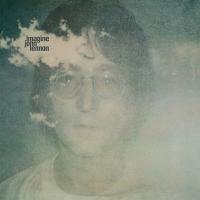Album Reviews
Sort By: Post DateTitle Publish Date
|
Aug 30, 2019
|
Jan 24, 2019
|
Oct 09, 2017
|
May 01, 2006
|
Jan 12, 2024
|
Oct 02, 2016
|
Mar 01, 2024















